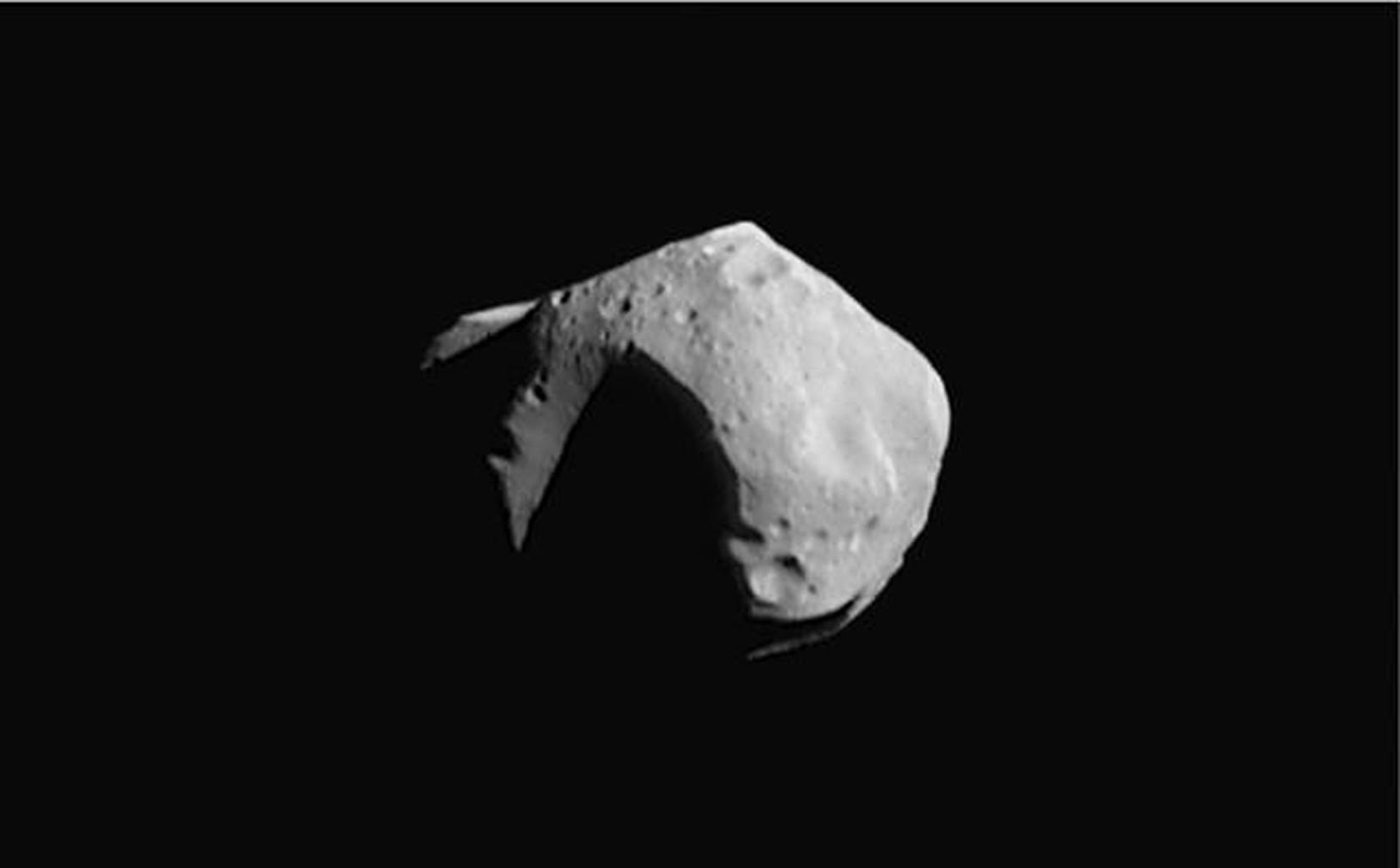Our solar system stole asteroids from interstellar space when it was young, scientists say
It was young and didn't know any better.

A cache of interstellar asteroids may have been hiding under scientists' noses for billions of years, researchers say.
That's according to new research focused on a handful of strange space rocks known as Centaurs, which orbit the sun in the neighborhood of Jupiter and Saturn. Astronomers have long been puzzled by Centaurs because their orbits are very unpredictable, with simulations suggesting that they should bang into things or fly out of the solar system. The new research suggests that's because they were stolen by our solar system when it was very young. With so much less expansion under the universe's belt, stars were closer together.
"The close proximity of the stars meant that they felt each others' gravity much more strongly in those early days than they do today," Fathi Namouni, lead author of the study and an astronomer at Observatoire de la Cote d'Azur in France, said in a statement. "This enabled asteroids to be pulled from one star system to another."
Related: Photos: Asteroids in deep space
The new research focused on 21 objects in the outer solar system: mostly Centaurs and a few other strange space rocks. Using a computer program, the scientists virtually cloned these objects tens of thousands of times over to understand likely scenarios for their escapades.
According to the researchers, that analysis suggests that the Centaurs' strange-but-steady orbits are a hint they were born beyond our solar system and trapped here. Scientists have long hypothesized that objects move between solar systems, and saw the first confirmed interlopers in our neighborhood in the past few years, with 'Oumuamua and Comet Borisov.
Both of those objects only passed through our solar system and weren't caught by the sun's gravity. The scientists on the new research think early asteroids may have been more likely to wander into other star systems and get stuck because in the early days of the solar system, with more than 4 billion years less of expansion, things were closer together.
Breaking space news, the latest updates on rocket launches, skywatching events and more!
And identifying originally interstellar asteroids in our cosmic neighborhood is important because they are much easier to study than objects in distant solar systems.
"The discovery of a whole population of asteroids of interstellar origin is an important step in understanding the physical and chemical similarities and differences between solar system-born and interstellar asteroids," co-author Maria Helena Morais, an astronomer at Universidade Estadual Paulista in Brazil, said in the same statement. "This population will give us clues about the sun's early birth cluster, how interstellar asteroid capture occurred, and the role that interstellar matter had in chemically enriching the solar system and shaping its evolution."
The research is described in a paper published today (April 23) in the journal Monthly Notices of the Royal Astronomical Society.
- Interstellar comet: Here's why it's got scientists so pumped up
- Solar system facts: A guide to things orbiting our sun
- 'Oumuamua origin story: How our mysterious interstellar visitor may have been born
Email Meghan Bartels at mbartels@space.com or follow her @meghanbartels. Follow us on Twitter @Spacedotcom and on Facebook.
OFFER: Save 45% on 'All About Space' 'How it Works' and 'All About History'!
For a limited time, you can take out a digital subscription to any of our best-selling science magazines for just $2.38 per month, or 45% off the standard price for the first three months.

Meghan is a senior writer at Space.com and has more than five years' experience as a science journalist based in New York City. She joined Space.com in July 2018, with previous writing published in outlets including Newsweek and Audubon. Meghan earned an MA in science journalism from New York University and a BA in classics from Georgetown University, and in her free time she enjoys reading and visiting museums. Follow her on Twitter at @meghanbartels.

